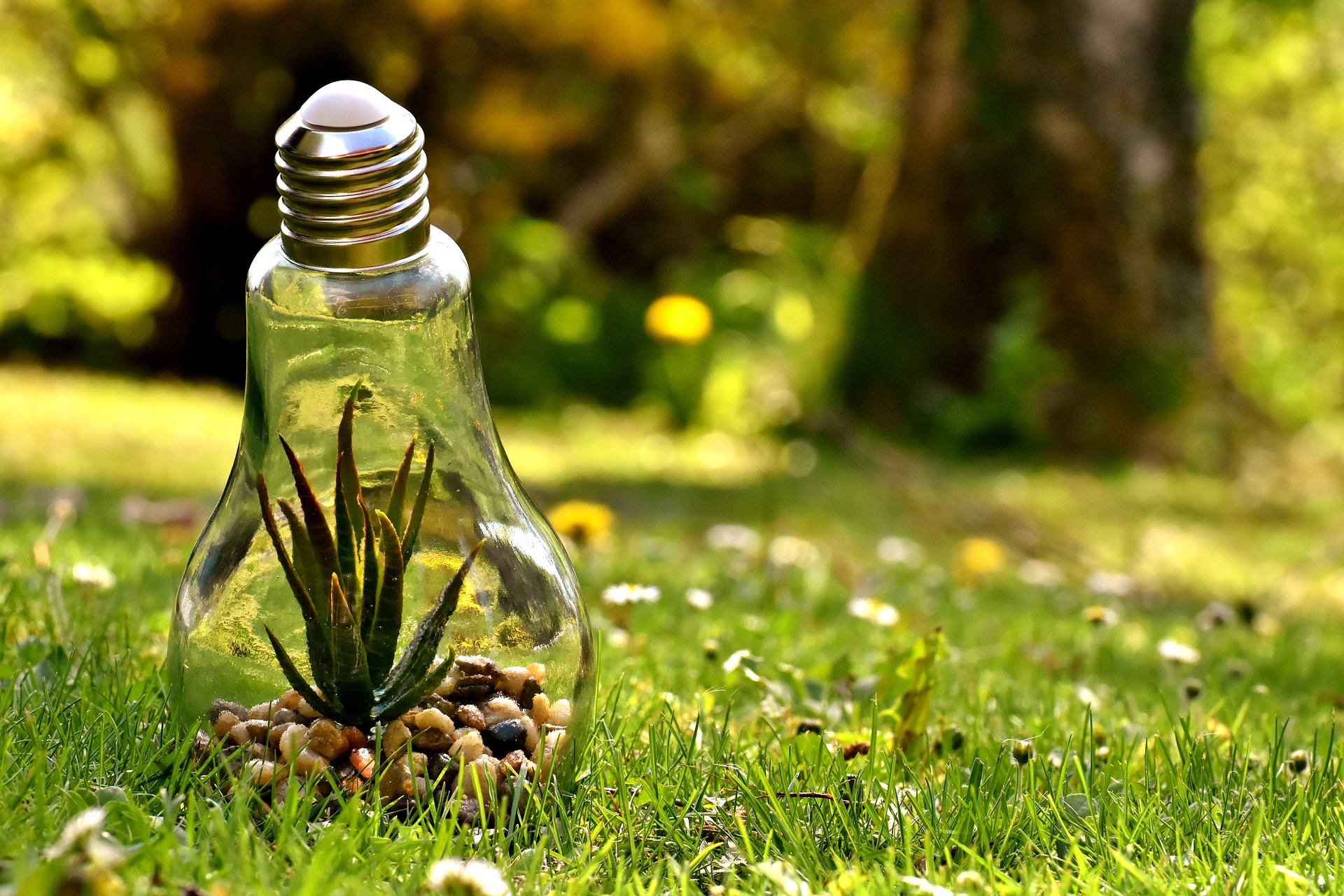Floral Foam Alternatives: Eco-Friendly Flower Arranging for the Modern Home
Floral artistry has long been a cornerstone of home decor, bringing life and vibrancy to interiors. However, the traditional methods of flower arranging often rely on materials that are harmful to the environment. Enter the world of floral foam alternatives – a innovative approach that combines sustainability with stunning aesthetics. This article delves into the exciting realm of eco-friendly flower arranging, exploring techniques that not only create breathtaking displays but also align with the values of environmentally conscious homeowners.
Natural Materials: A Return to Roots
One of the most exciting developments in eco-friendly flower arranging is the resurgence of natural materials. Pebbles, sand, and twigs are not just visually appealing but also provide excellent support for stems. These elements add texture and depth to arrangements, creating a rustic, organic feel that complements a wide range of interior styles. Designers are experimenting with layered vases, using a combination of these materials to create stunning visual effects while keeping flowers perfectly positioned.
Water-Based Techniques: Fluid Beauty
Water-based arranging techniques are gaining popularity as a sustainable alternative to floral foam. The Japanese art of ikebana, which often relies solely on water and carefully positioned stems, is inspiring modern florists to create minimalist yet impactful designs. Newer innovations include water-absorbing polymer crystals, which provide support for stems while remaining invisible in clear vases. These techniques not only reduce waste but also extend the life of cut flowers, making them a practical choice for home decor.
Reusable Mechanics: Innovation Meets Tradition
The floral industry is witnessing a surge in reusable mechanics designed specifically for eco-friendly arranging. Flexible grids made from recycled plastics, biodegradable foam alternatives, and even 3D-printed structures are revolutionizing the way flowers are displayed in the home. These innovative products offer the stability of traditional floral foam without the environmental drawbacks, allowing for intricate designs that can be easily disassembled and reused.
Living Arrangements: Beyond Cut Flowers
Perhaps the most sustainable approach to floral decor is the use of living plants in arrangements. Succulent gardens, air plant displays, and miniature terrariums are becoming increasingly popular as long-lasting alternatives to cut flower bouquets. These living arrangements not only provide enduring beauty but also contribute to improved air quality in the home. Designers are creating stunning centerpieces and wall-mounted displays that blur the line between plant cultivation and floral art.
The Future of Floral Design in Home Decor
As the demand for sustainable home decor continues to grow, the future of floral design looks bright and green. Eco-friendly flower arranging is not just a trend but a fundamental shift in how we approach bringing nature into our homes. From innovative materials to ancient techniques reimagined for modern spaces, this movement offers endless possibilities for creative expression while respecting the environment.
The transition to sustainable floral design practices represents more than just a change in materials; it’s a reimagining of our relationship with nature and decoration. By embracing eco-friendly alternatives to floral foam, homeowners and designers alike are discovering new ways to create stunning displays that are as kind to the planet as they are beautiful to behold. As we move forward, the art of flower arranging will undoubtedly continue to evolve, with sustainability at its core, shaping the aesthetics of our living spaces for generations to come.






